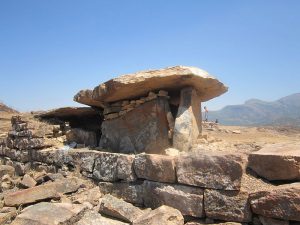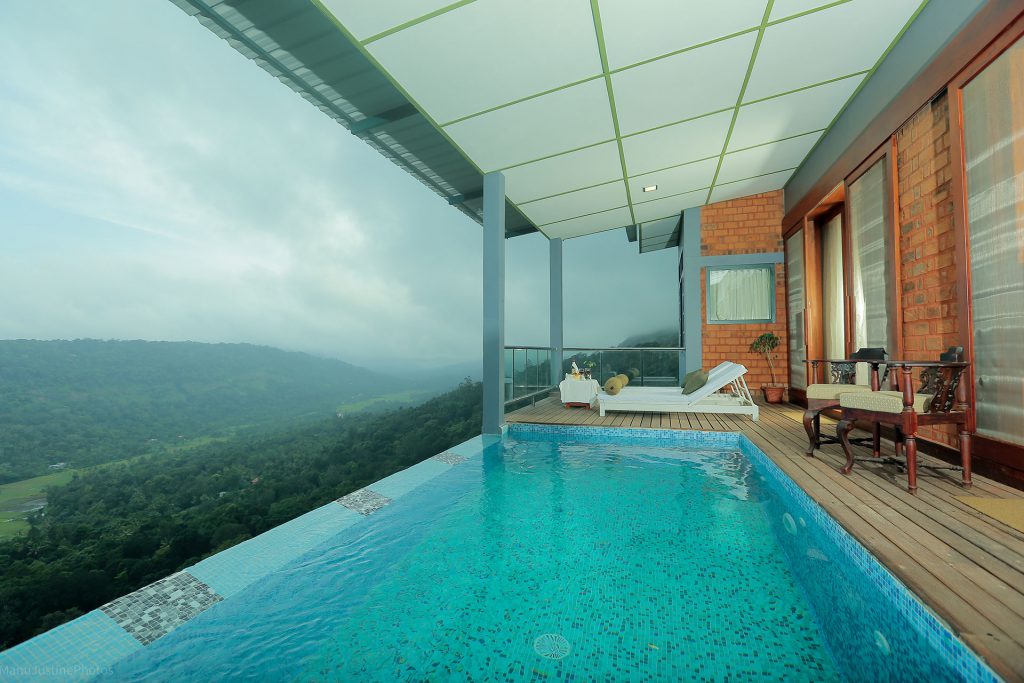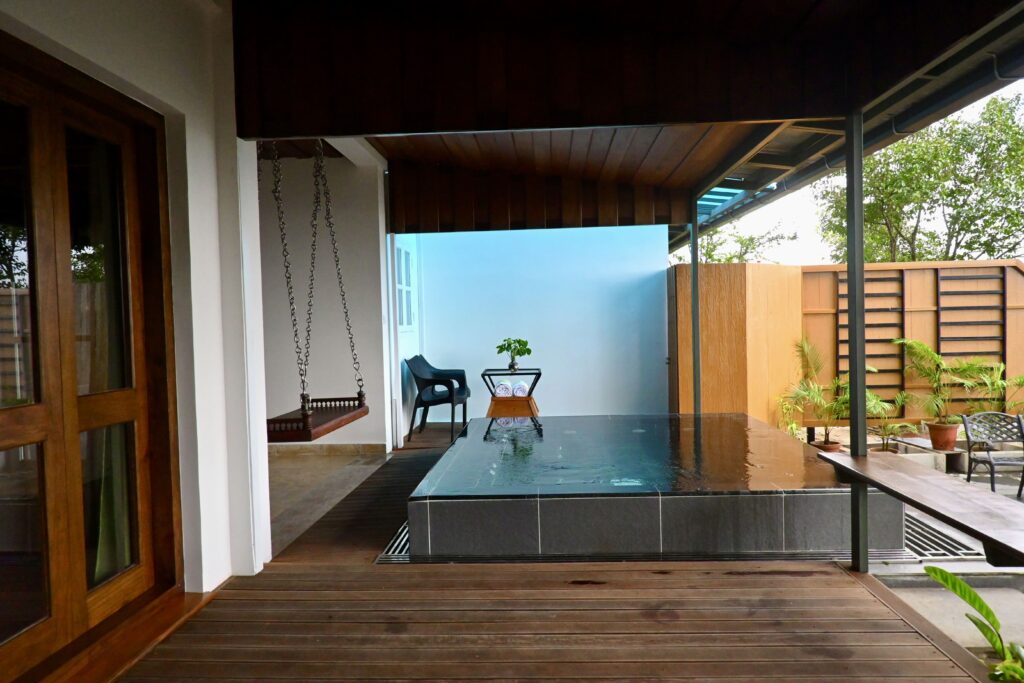My passion for travelling made a special place for Munnar in my mind and it remained as such even after visiting several times. The cliffs, narrow and curly roads, misty climate, and the taste of garden fresh tea and the scenic beauty of tea plantation which are spread all over the hills kept my thirst -to visit Munnar-unchanged. When I decided to join the Team Spicetree Munnar, I was so excited because it is my first job and moreover it is a golden opportunity for me to work in my dream destination – Munnar.
My crush with Munnar gradually developed. On my maiden trip to Munnar, I started bit earlier from Kottayam and reached Adimaly by 12 noon. After lunch from Adimaly,I took bus to Bison valley which is the nearest town in the valley down to Spice tree Munnar. While travelling through the village I realized that this village having a different “Face” of Munnar – An unexplored face of Munnar… My memory clips included: villagers cultivating crops like rice, cardamom, pepper, nut meg, coco, banana, coconut and even rubber in the valley and the particular climatic conditions- sunny days, misty evenings, freezing nights and the sudden rains. All those images were a trailer to what I was about to explore a different Munnar here in Spicetree.
 When Rajeev (a native of Bison valley was guided during initial days in Spicetree) told me about Muniyaras (Dolmens) in Munippara(The Dolmen Hills), I decided to visit the sight; because I read about the Muniyaras in Marayoor (A local village near to Munnar), that are the remnants of Megalithic age and moreover they are the historical symbols of a bygone era of the western ghat. As the discussion with Rajeev proceeded, I realized that the presence of Dolmens in Munippara near to Spicetree is not familiar for the outer world. So I decided to explore the place.
When Rajeev (a native of Bison valley was guided during initial days in Spicetree) told me about Muniyaras (Dolmens) in Munippara(The Dolmen Hills), I decided to visit the sight; because I read about the Muniyaras in Marayoor (A local village near to Munnar), that are the remnants of Megalithic age and moreover they are the historical symbols of a bygone era of the western ghat. As the discussion with Rajeev proceeded, I realized that the presence of Dolmens in Munippara near to Spicetree is not familiar for the outer world. So I decided to explore the place.
After tea, I went for an evening walk to Dolmen hills in the company of Rajeev and Mukherjee. Mr. Mukherjee was one of our guests who is a well known civil engineer from W. Bangal. But he is really interested in trekking and excavation practices. The walk through the cardamom plantations has always been a great experience. The chirping of birds and cricket (Cicadas) was the only sound breaking the silence and the canopy of the tall trees like Jambolan and Rosewood made a cool ambience in the dense cardamom plantation. After a 20 minutes walk through the plantation trails, we passed some village houses and then reached Munippara (Dolmen hills).
The cool breeze welcomed us there….. The swift (a common bird in munippara) was roaming in the sky….. The hills were wet and slimy because of the regular water flow through the rocks….. A huge collection of lemon grass all over this hill makes them greenish. In between those grasses there were a number of rattle pod (Crotalaria sp.) plants which were covered with a flock of Blue Glassy Tiger Butterflies (Ideopsis vulgaris). Rattle pods are the host plant of these particular type of butterflies on which they lay their eggs and metamorphose into beautiful butterflies. Those butterflies were very inviting, even after I went very close to them; they had given a great treat for my camera. The aroma of lemon grass, the gentle breeze and those beautiful butterflies made the dolmen hills a fairy tale place. The view of Bison valley from dolmen hills was simply incredible. The paddy fields appeared just like rectangular patches having different hues of green. The view of Spicetree Munnar from the Dolmen hills was indeed exceptional! The cottages located on the cliff edges overlooking the valley would give an outstanding experience for any traveler.

As I was mesmerized in the beauty of Dolmen hills, Rajeev pointed to the Dolmens that are in a group of four and surrounded with lemon grass. I realized that those Stone -age remnants are a great piece of art along with back up of a perfect engineering work. Each and every Dolmen house is made out of five pieces of rock that meant for four walls and a cap stone. At a closer look, I realized that there was a gigantic effort and team work behind the creation of those monuments.
Rajeev started to explain about the local belief of this village about the origin of Dolmen houses. According to them, those hills were the habitat of Yogis (Hermits) who lived there in meditative isolation. Since those surroundings had a regular visiting of wild animals those people were in need for a shelter, so they constructed the dolmens in those hills. But Mr. Mukherjee could not accept that story and he strongly opinioned that those are the remnants of Stone ages and which were used as a burial place. He also informed that those wonderful creations have been narrated in “Akamnanooru” and “Puram nanooru” (Two classical Tamil poetic works of Sangam Literature (1000 BC – 300 AD). We sat on the cliff edge rocks and continued the chat about the dolmens as we enjoyed some ethnic snacks.
As our discussion continued, the crimson red sun slowly disappeared behind the foot hills of Chockanmudi Peak. It was turning dark and a strong wind blowing from the valley made a particular whistling sound as it caressed the clusters of lemon grass. And a flock of Hill Mynas flying back to their nest reminded us that it is indeed dusk, time to walk back to our shelter too – Spicetree Munnar…..
Quick Links: Munnar Honeymoon Packages, Private Pool Villa, Honeymoon Suite, Honeymoon Cottages



